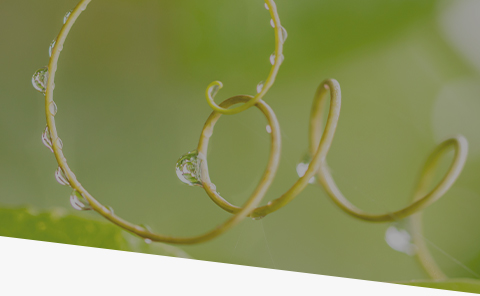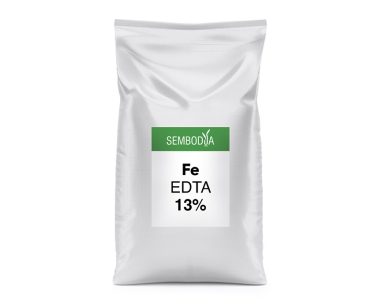- The best formulation for correction and prevention of iron deficiency
Symptoms of deficiency are first visible on younger leaves – pronounced yellowing at the base of the leaves (interveinal chlorosis). Subsequently, the chlorosis extends to the entire leaf, and in some cases, necrotic spots may appear. In cases of severe deficiency, plant leaves may become whitish.
- Improves photosynthesis, respiration and plant metabolism
- Iron is involved in transportation of energy in the plant.
- Contributes to mass development of the vegetative parts of the plant and productivity.
Dose rate for foliar application: 500 – 1000 g/ha
Number of applications: 1
Soil application: 1 – 2 kg/ha
Phase/Conditions of application: Throughout the growing season. Do not apply at flowering stage of the crops.
Iron deficiency is most commonly observed in strongly weathered (carbonate) or alkaline soils.
Antagonism: Iron deficiency can also occur in the presence of an excess of heavy metals such as manganese, copper, or zinc, due to the antagonistic interaction of these elements in the soil. Overdamped soils with limited oxygen access, as well as low soil temperatures, can also be causes of iron deficiency.





